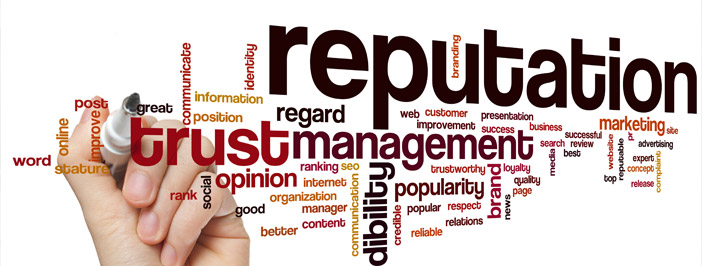It was a nightmare for everyone involved.
For customers, it was jarring. 70 million records exposed. We’re talking about credit card and debit card information lost . . . just before Christmas, in that hectic window between Black Friday and the 25th. Unless your idea of holiday cheer includes meticulous review of your banking statements, it was not a good thing.
And for the company behind the breach, a PR horror show. Because of the timing and the sheer number of customer records involved, it made headlines for weeks. We’ll likely be using it as a case study for cybersecurity for years to come.
Granted, some time has passed. It was 2013 when Target fell victim to one of the most highly publicized security breaches we’ve seen. You almost certain heard about then, but you probably haven’t thought much about it since.
Still, consider this. When the news broke and reporters couldn’t say “70 million” enough times, how many people started to swing by Target and then thought, “You know, maybe I’ll shop somewhere else today . . .”?
Reputation matters. A lot.
Most of the time when you hear about disaster recovery, the focus is on getting your business up and running as fast as possible. The average small business loses as much as $8,600 per hour when its network is offline. It’s expensive to rebound slowly.
But there’s another reason to get serious about disaster recovery – your reputation. As CSO put it, “. . . a data breach is a PR and financial disaster. Companies often spot the intrusion too late, and respond inadequately . . . Customers, for one, will often vote with their feet.”
No joke.
When customers feel they can’t trust a company with their financial information, other factors fall by the wayside quickly. Maybe you’re the best in your industry. Maybe you have amazing customer service. Maybe your customer base is insanely loyal the rest of the time.
But lose their trust, and you’ve lost them.
Disaster recovery and your reputation.
The very same article from CSO quoted above goes on to argue that the damage is often only temporary. After all, Target is still a viable brand. They bounced back from a massive breach, due in part to their disaster recovery plan.
When things got rough, they responded quickly.
Disaster recovery isn’t just about restoring functionality to your system. It’s also about restoring customer faith. If something happens – anything from a natural disaster to hardware failure to a security breach – you need a clear disaster recovery plan.
If you have one, you can weather the storm. Trust can be rebuilt. But only if you show your customers you know how to handle a crisis.
We Give A Damn ‘Bout Your Reputation.
Here at KME Systems, we care a great deal about disaster recovery. We understand the impact downtime has on your bottom line. We also understand the hit your reputation will take if you don’t know how to navigate a disaster. That’s why our custom disaster recovery plans are designed to get you back up and running as fast as possible.
It’s our goal to minimize the impact to your customer base and keep your reputation untarnished, even when everything goes wrong.
If you don’t have a disaster recovery plan in place already, we highly recommend addressing that. And, of course, we’d be honored to help. Get in touch with us to find out more about how our disaster recovery strategy can protect your network stability and your reputation.
disaster-recovery-protects-companys-reputation






